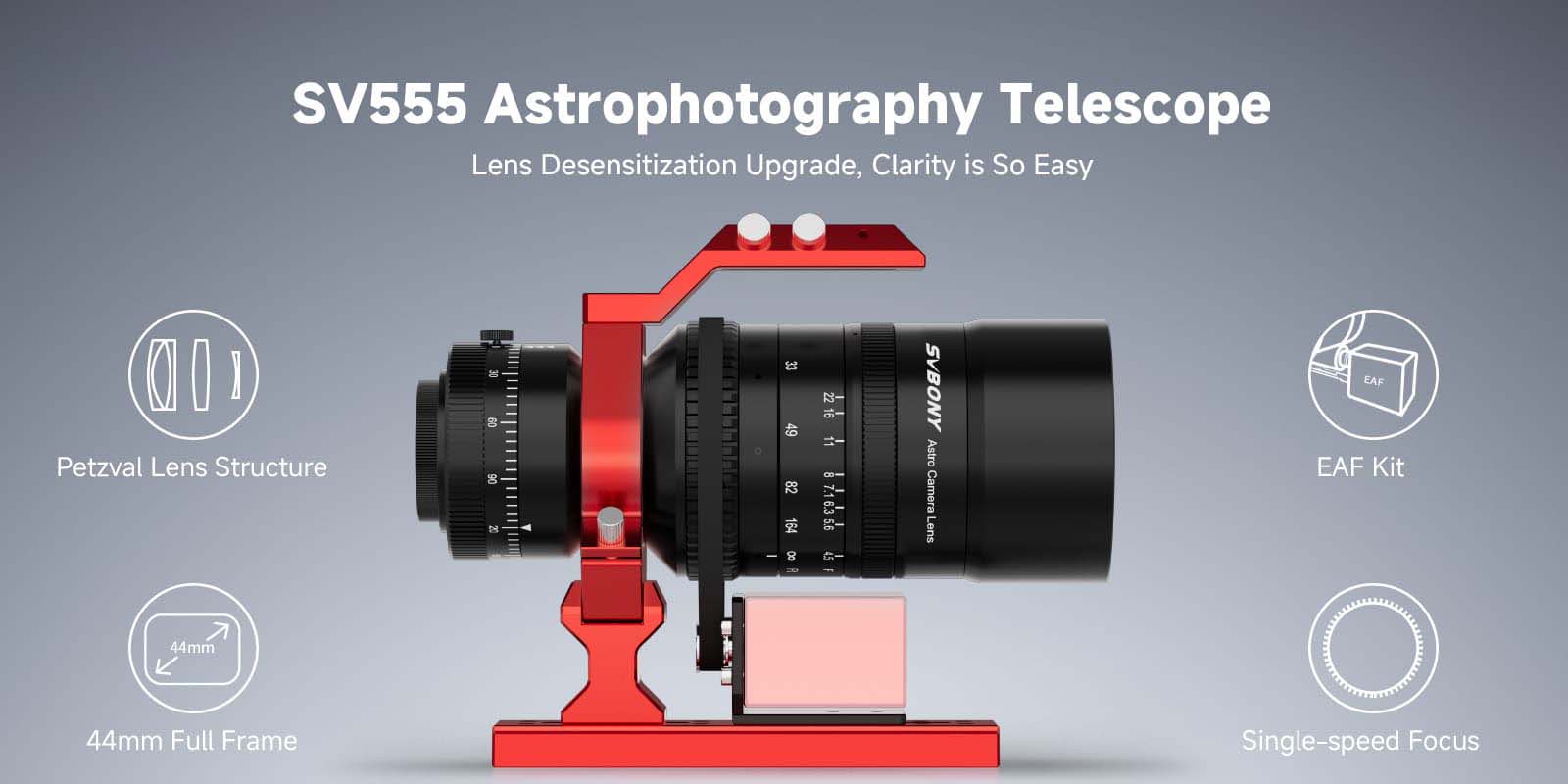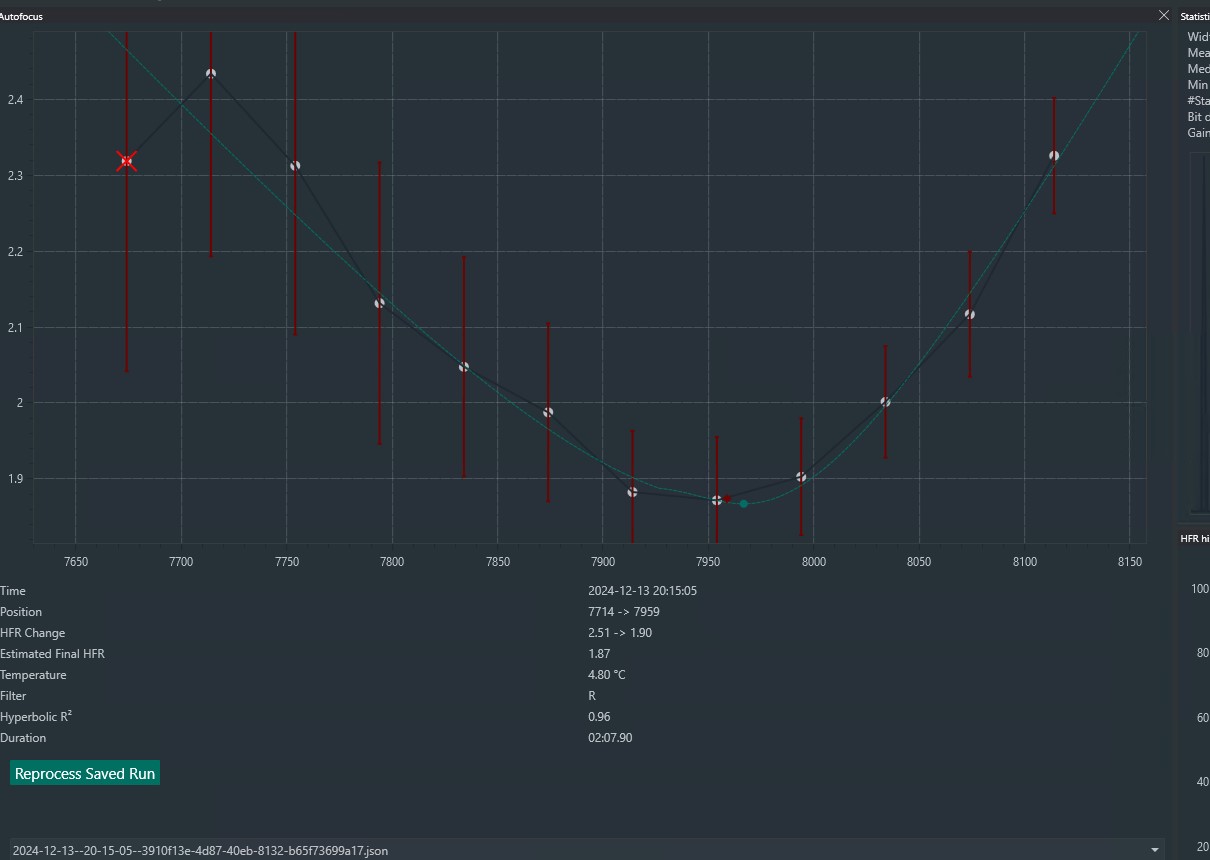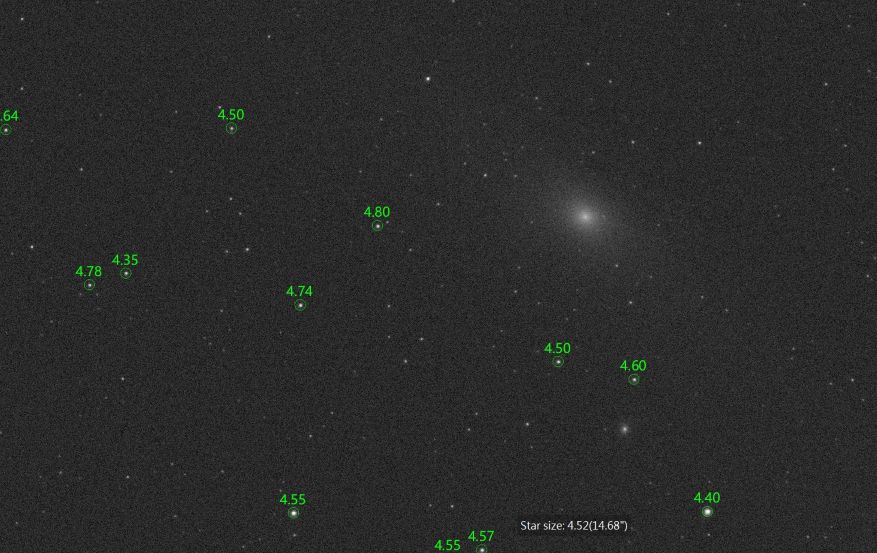I asked this on the cloudy nights forum, but people are clueless.
I never had an issue with autofocus for 3 years, but now suddenly I do.
Here is the problem. This new scope - the SVBONY SV555 when it's out of focus it looks like a small central dot and a large halo around it.
The size of the halo depend how far I am out of focus. This is when I turned the focus too far in from the actual real focus.
If you ever used a DSLR camera with lens, you know what I'm talking about.
People with camera lens understands what I'm talking about?
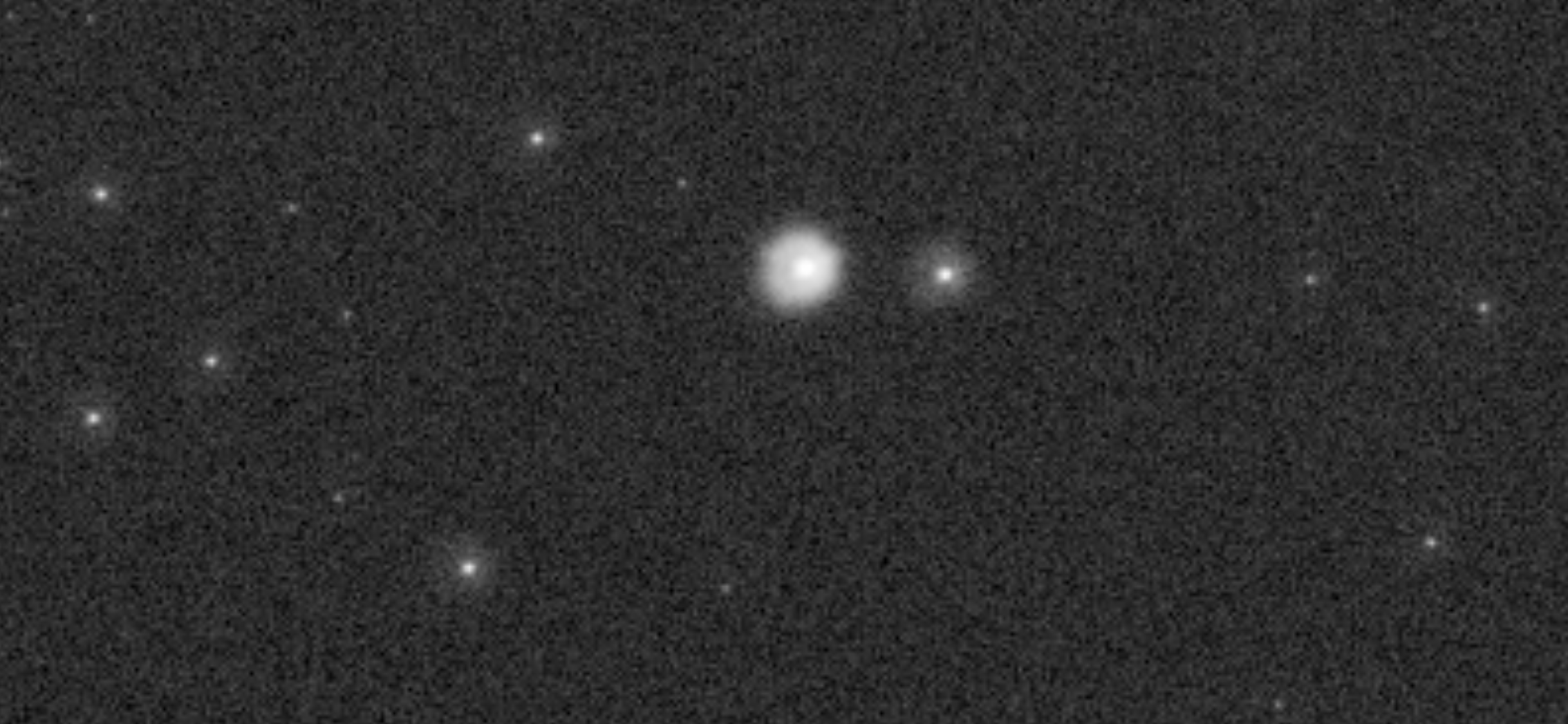
Asiair picks up on that central dot as "focused". It doesn't matter how big the halo around it, it uses the central dot for measurement, it doesn't see the large halo around.
Here is the real focus when I do it manually. Is there any technique to get around this issue or should I just go back to mini PC and NINA instead of Asiair?
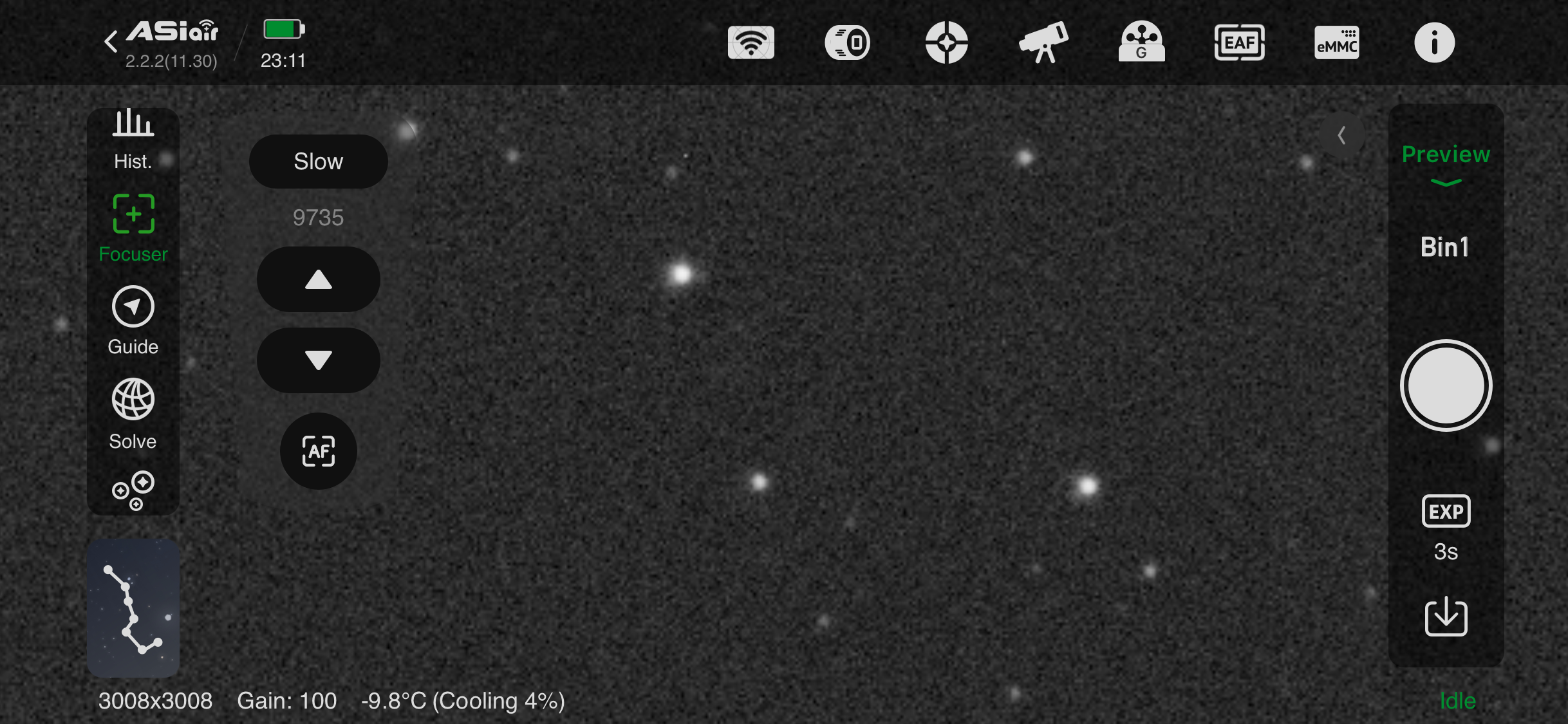
I never had an issue with autofocus for 3 years, but now suddenly I do.
Here is the problem. This new scope - the SVBONY SV555 when it's out of focus it looks like a small central dot and a large halo around it.
The size of the halo depend how far I am out of focus. This is when I turned the focus too far in from the actual real focus.
If you ever used a DSLR camera with lens, you know what I'm talking about.
People with camera lens understands what I'm talking about?

Asiair picks up on that central dot as "focused". It doesn't matter how big the halo around it, it uses the central dot for measurement, it doesn't see the large halo around.
Here is the real focus when I do it manually. Is there any technique to get around this issue or should I just go back to mini PC and NINA instead of Asiair?

